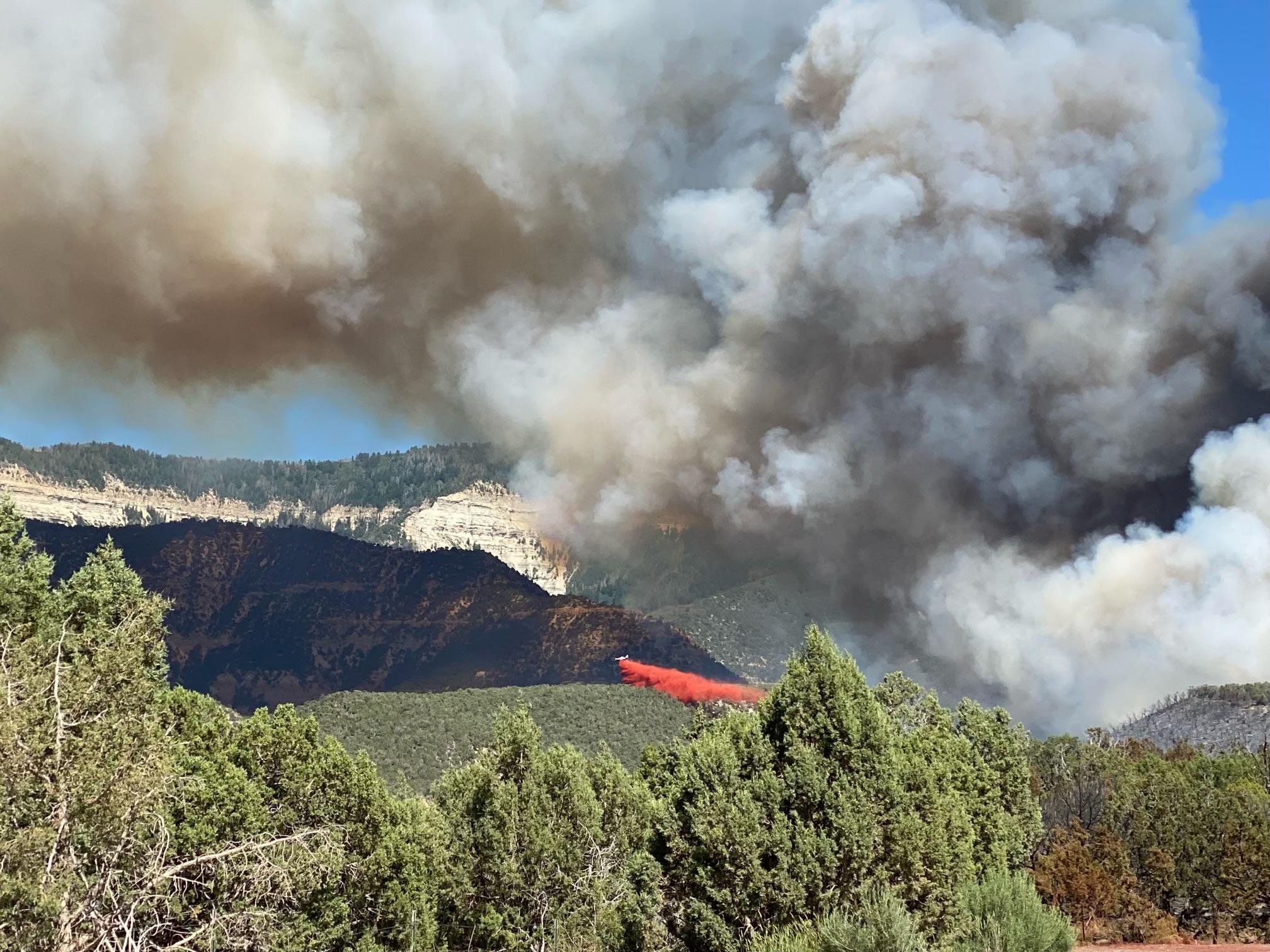
From the wettest three-month period along the Front Range to the state’s largest hailstone, 2023 was a year of climate extremes for Colorado — and the world.
After three years of cool waters, the currents in the Pacific Ocean flipped to an El Niño cycle — an ocean climate pattern that can have a profound effect on landlocked, mountainous Colorado.
Typically, a strong El Niño pattern increases the likelihood of increased snow across much of the state, said state climatologist Russ Schumacher. So far this winter, however, the state has received less snow than is typical for this time of year — a stark contrast to last winter, during which heavy snowfall and a wet spring refilled reservoirs and waterways, kicked off the growing season and tamped down on wildfires.
Historically, both the El Niño warming pattern and the related cooling pattern known as La Niña mean more predictable weather patterns for Colorado. With global temperatures soaring — 2023 was the world’s warmest ever recorded — Schumacher that predictability might not hold true for 2024 and beyond.
“The outlook for winter for Colorado is still up in the air a bit, even though we're now a few weeks into the official winter,” he said. “The big question mark is how this El Niño event is going to play out..”
While it has become increasingly more difficult to predict seasonal climate patterns, Schumacher said extreme weather events — from hailstorms and tornadoes to wildfires — are becoming the new for Colorado.
Extreme effects
Colorado’s wet winter and spring followed on the heels of drought conditions that had lingered across much of the state. Brad Erker, executive director of Colorado Wheat, said the wet weather was a welcome reprieve for many wheat growers across the state.
“The timing of the rain is really important for us,” he said. “For some producers it came too late, for some it came just in time.”
Although many wheat farmers in southeast Colorado were forced to abandon their crop this year, Erker said that the rain allowed many growers to bounce back after three consecutive years of historically low production.
Although he is hopeful that this year of rain will help growers going into 2024, Erker says that wheat production is easily disrupted by extreme weather variability, which makes it difficult for growers to plan for the year ahead.









